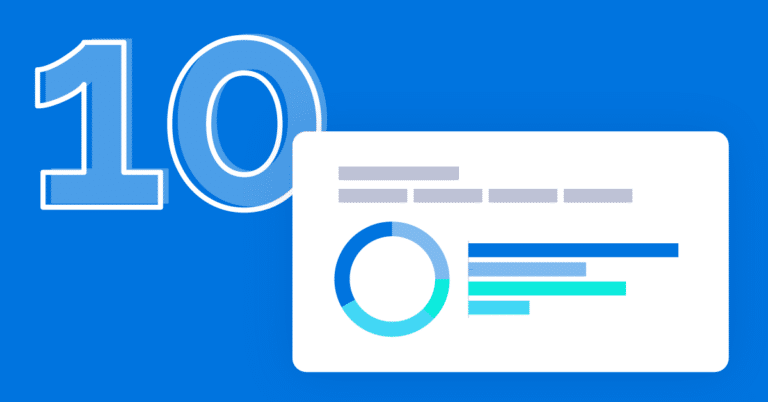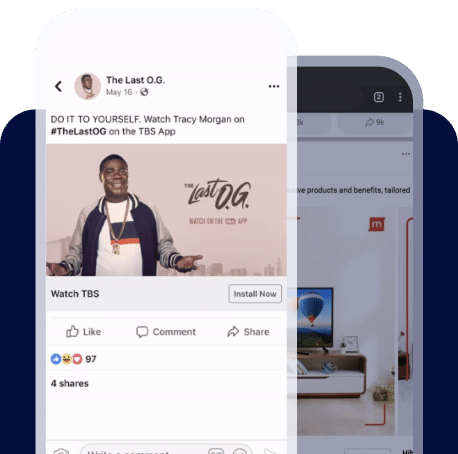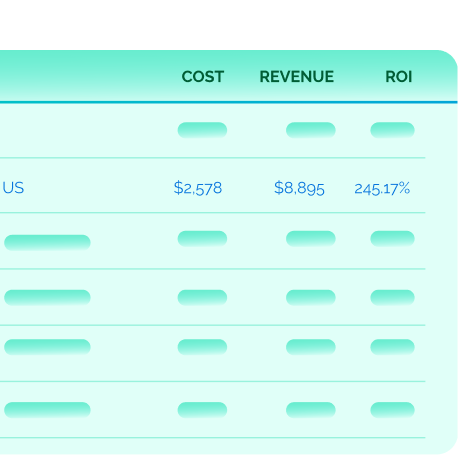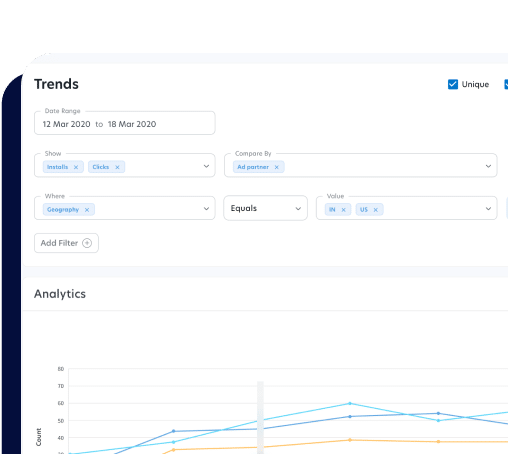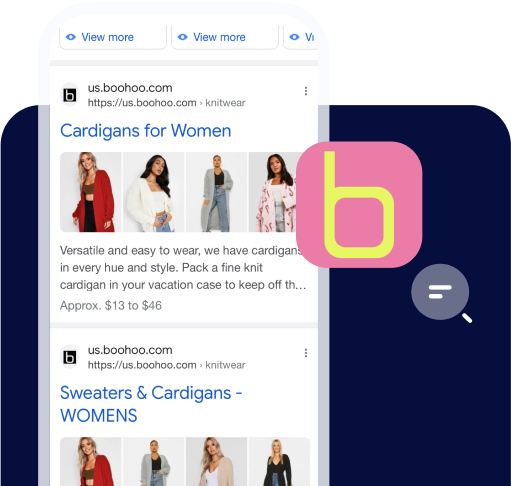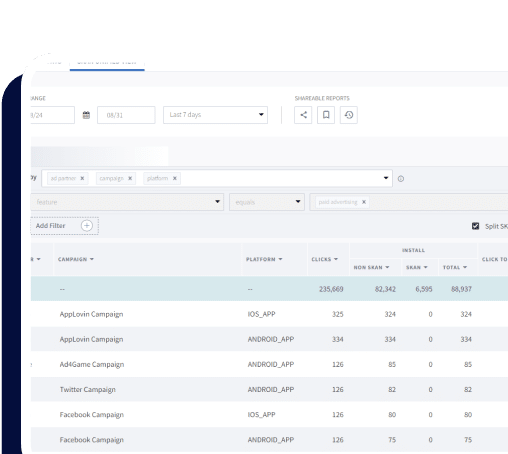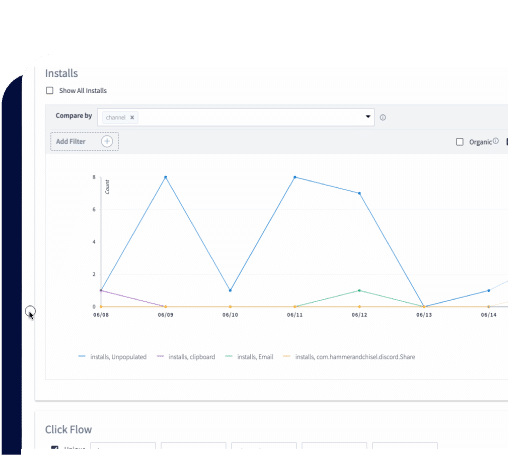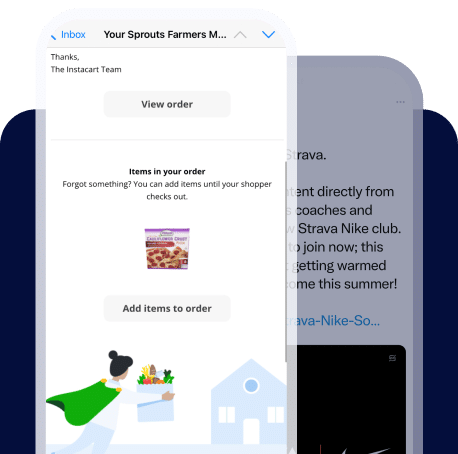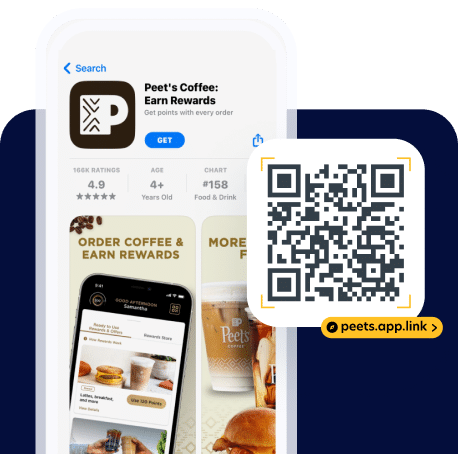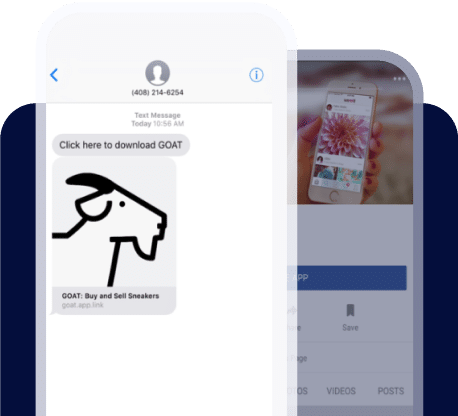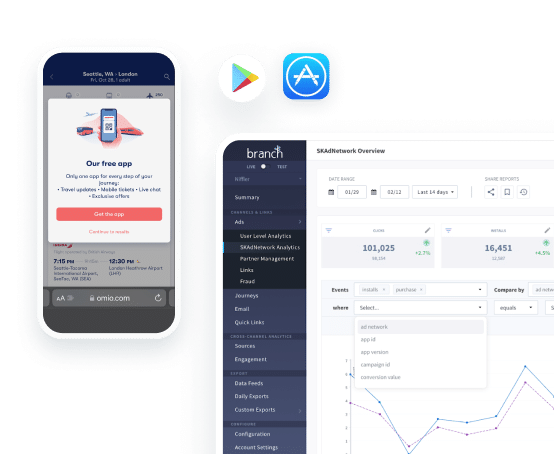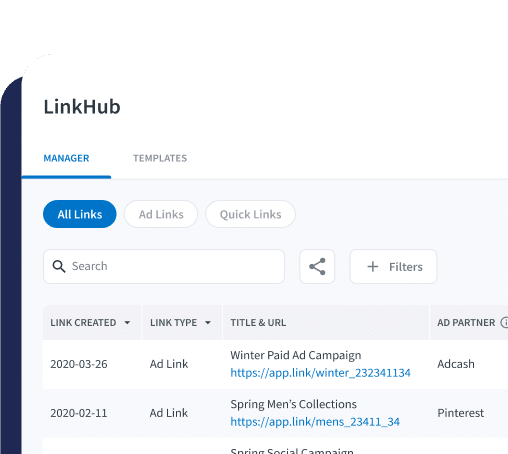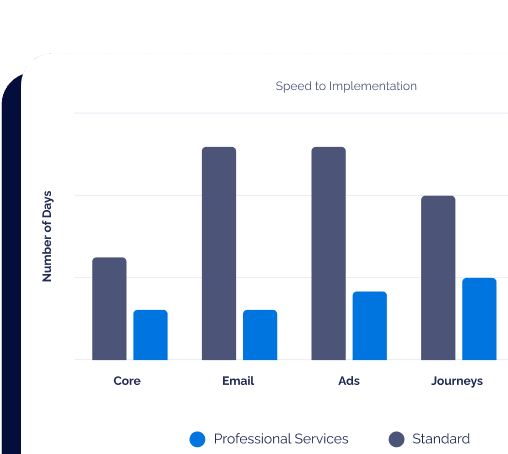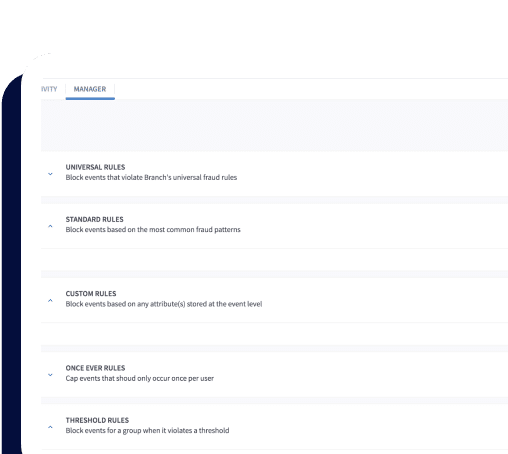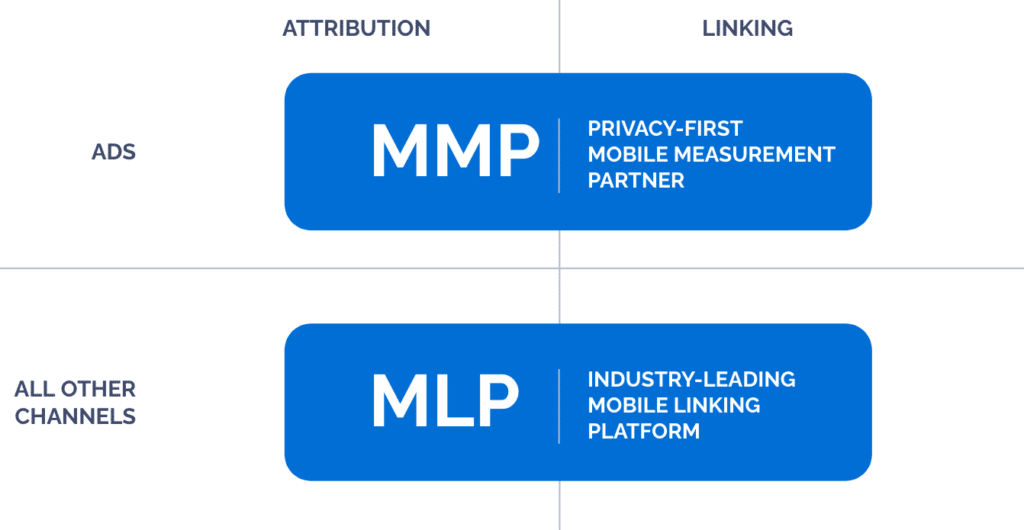MOBILE MEASUREMENT PARTNER
What is a mobile measurement partner?
Maximizing the value of your ad campaigns
In the rapidly evolving landscape of mobile applications, brands face the increasing challenge of understanding user behavior and optimizing marketing performance. To success fully navigate this dynamic environment, marketing teams rely on the invaluable insights provided by mobile measurement partners (MMPs).
An MMP is a sophisticated analytics tool designed to track, analyze, and interpret user interactions within mobile applications. This enables stakeholders to make data-driven decisions while empowering marketers and app developers to enhance their app’s user experience.
What MMPs do
One of the most fundamental features of an MMP is its ability to accurately attribute app installations and conversion events from ad campaigns back to their sources. MMPs that utilize advanced mobile attribution models allow marketers to identify the marketing channels, campaigns, and even specific ads that drive users to download and engage with their app. This information is crucial for marketers who are optimizing their advertising strategies, allocating marketing budgets efficiently, and understanding the return on ad spend (ROAS) from various marketing efforts.
Apart from acquisition metrics, MMPs provide valuable app analytics and insights into in-app user behavior and engagement. From there, marketers can gain a deeper understanding of how their users interact with their app’s features, identify points of friction or drop-offs in the user journey, and optimize the user experience accordingly. By analyzing user behavior, businesses can personalize content, send targeted notifications, and even create more engaging experiences to retain app users and encourage loyalty.
Reporting-wise, MMPs usually offer cohort analysis, funnel analysis, cost aggregation, and retention analysis, among other advanced features. These analytical tools help identify long-term trends, calculate user churn rates, and paint a more detailed picture of the overall app userbase. Armed with this information, marketers can continuously iterate on their app and make data-driven improvements to achieve higher user satisfaction and retention rates.
Privacy and data security are paramount in the mobile app ecosystem. Reputable MMPs follow strict privacy guidelines and ensure that all collected data is anonymized and aggregated to protect users’ identities and sensitive information. Adhering to regulations such as the General Data Protection Regulation (GDPR) and the California Consumer Privacy Act (CCPA) builds trust among users and protects businesses from potential legal repercussions. The best MMPs stay at the cutting edge of these changes and help brands navigate these waters smoothly.
How MMPs work
At its core, an MMP is built to capture a comprehensive range of data points from mobile applications. This includes app installations, app opens, in-app behavior, session lengths, user retention, and user acquisition sources. The app data is collected using sophisticated tracking mechanisms like software development kits (SDKs) integrated into the mobile app.
The data MMPs collect is then aggregated, analyzed, securely transmitted to the platform’s backend, and presented in user-friendly dashboards as a single source of truth. This data provides advertisers, marketers, and app developers with valuable insights into user engagement and conversion rates, alongside the overall impact of their marketing campaigns.
Benefits of MMPs
The key advantages of MMPs range from accurate mobile attribution to ad fraud prevention, all of which contribute to a more strategic and successful mobile marketing landscape.
Let’s explore how MMPs shape the way advertisers understand, strategize, and excel in the dynamic world of mobile advertising.
-
- Accurate attribution
One of the primary benefits of using an MMP is accurate mobile attribution. MMPs employ advanced tracking mechanisms to attribute user actions to specific advertising campaigns, channels, and sources. This level of information is invaluable for marketers in determining which campaigns are driving conversions and providing a clear ROI. - User journey insights
MMPs provide a holistic view of the user journey, from the initial impression to the final conversion event. With these insights, advertisers can understand the touchpoints that contribute most to conversions, which allows them to make informed optimization decisions. - Data-driven decision making
Thanks to the wealth of data that MMPs combine, advertisers can make confident, data-driven decisions with their marketing spend allocation. They can also identify trends, assess the performance of different creative variations, identify customers with the highest lifetime value (LTV), and adjust their strategies in real time to maximize results. - Budget optimization
MMPs help marketers effectively allocate budgets by highlighting the channels and campaigns that yield the best results. This prevents wasted spend on underperforming channels. - Ad fraud detection and prevention
Mobile advertising can be susceptible to fraud (such as fake installs or clicks). Reliable MMPs will incorporate fraud detection and fraud protection mechanisms to identify and filter out fraudulent activities, ensuring your campaign data is accurate and reliable.
- Accurate attribution
Integrating MMPs
The integration process typically starts with connecting the MMP’s SDK into the advertiser’s mobile app or website. The MMP’s SDK should enable you to track user interactions, events, and conversions. From there, you can set up attribution rules to define how credit for conversions is assigned to various touchpoints in the user journey. This involves determining attribution windows, last-click attribution, multi-touch attribution, and more. You’ll also need to configure the tracking of specific in-app events, such as signups, purchases, or other conversions. Once correctly configured, these events provide detailed insights into user engagement and conversion rates.
MMPs use deep linking to ensure that users are directed to specific in-app pages related to the ad they clicked. Utilizing the data provided in the MMP’s dashboard, advertisers can continuously optimize campaigns by targeting parameters, experimenting with creative elements, and altering bidding strategies based on performance metrics.
MMPs in the marketing tech stack
MMPs are a crucial component of the modern mobile app marketing technology stack and should seamlessly integrate with various other tools and platforms to streamline the marketing process. Here’s how MMPs fit into the bigger mobile app marketing picture.
Ad platforms
MMPs integrate with ad networks and platforms, allowing advertisers to track campaign performance across different channels — be it social media, search, or display advertising.
Analytics tools
The data collected by MMPs can be shared with analytics platforms, enabling a comprehensive view of user behavior and engagement. Your MMP integration should support robust reporting and in-depth analysis.
CRM systems
Integrating your MMP data with your customer relationship management (CRM) systems enhances user profiling and segmentation, leading to more personalized and targeted marketing efforts.
Attribution models
MMPs that align with attribution modeling tools help you evaluate the most effective touchpoints within your users’ journeys and allocate budget accordingly.
Marketing automation
Certain MMPs can trigger marketing automation sequence actions based on user interactions. This enhances the overall user experience and potentially drives conversions.
Choosing the right MMP
Selecting the right MMP is a critical decision that can significantly impact the success of mobile advertising campaigns. Here are some essential considerations when making this choice.
- Features and capabilities
MMPs offer varying features, such as advanced attribution models, fraud detection, and cohort analysis. Take the time to assess your needs and ensure that the MMP you choose aligns with all your requirements and KPIs. Make sure you know what you hope to accomplish with different campaigns — both now and in the future. - Integration
Using an MMP means you can integrate a single SDK into a mobile app rather than needing to integrate a new SDK for every ad network or publisher you run a campaign with. So, an MMP’s ease of integration with your existing tech stack is crucial. Seek an MMP that smoothly integrates with all your ad partners, analytics tools, and other key vendors in your tech stack so you can have a single source of truth.
- Data accuracy
Accurate data is the foundation of effective decision-making. Make sure you partner with an MMP that has a reputation for providing precise and reliable measurement data. - Privacy compliance
Your MMP should put user privacy first. Advertising platforms, mobile providers, and governments regularly change their policies and regulations around ad tracking, privacy, and data sharing on a regular basis. To that effect, it’s also important that your MMP is on the cutting edge of these industry changes and helps you navigate them smoothly. - Dependable deep link experiences
An MMP should offer seamless and reliable deep linking. Why? Deep linking reduces user drop-off within ads and campaigns, which leads to increased conversions. MMPs should also make it easy for you to scale deep links that handle even the most complex edge cases. Whether it’s a click from TikTok on iOS, Instagram on Android, or any other combination, deep links should get your users where they intend to go, every time.
Conclusion
Your mobile measurement partner plays a pivotal role in the mobile app ecosystem by providing a wealth of data-driven insights to businesses and app developers. By analyzing your users’ interactions, attribution data, and engagement metrics with a reliable MMP, you can optimize your apps, enhance user experiences, drive user acquisition, and ultimately achieve your business goals. As mobile technology continues to advance, mobile measurement partners will remain an indispensable tool in the pursuit of app success and customer satisfaction.
Ready to maximize the value of your ad campaigns?
Why You Need an MMP and Why Branch Is the Best Fit

From the Trenches: Learn How Picsart Is Using SKAN Today

10 Essential Tips for Leveraging Branch’s Analytics Capabilities
